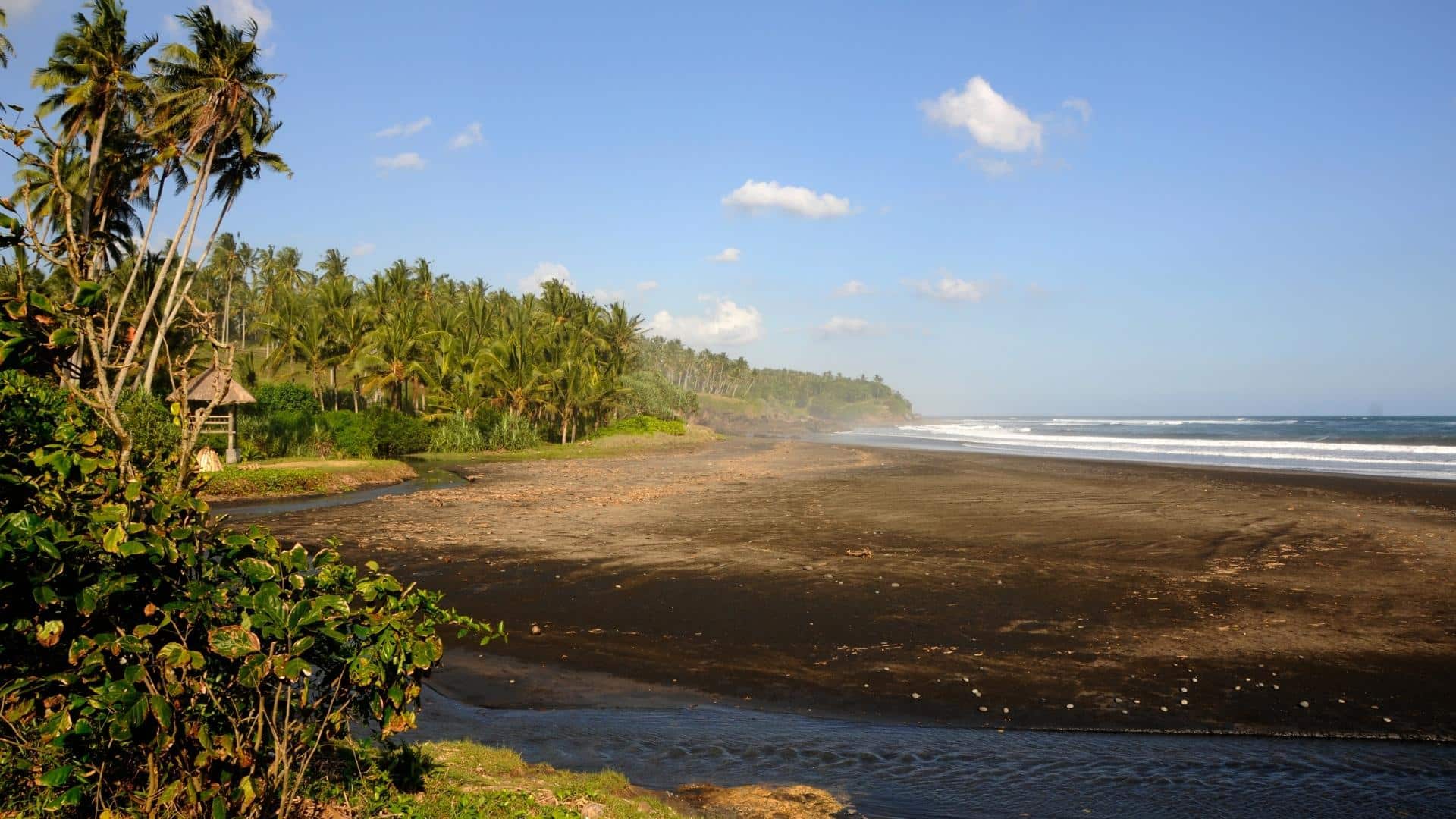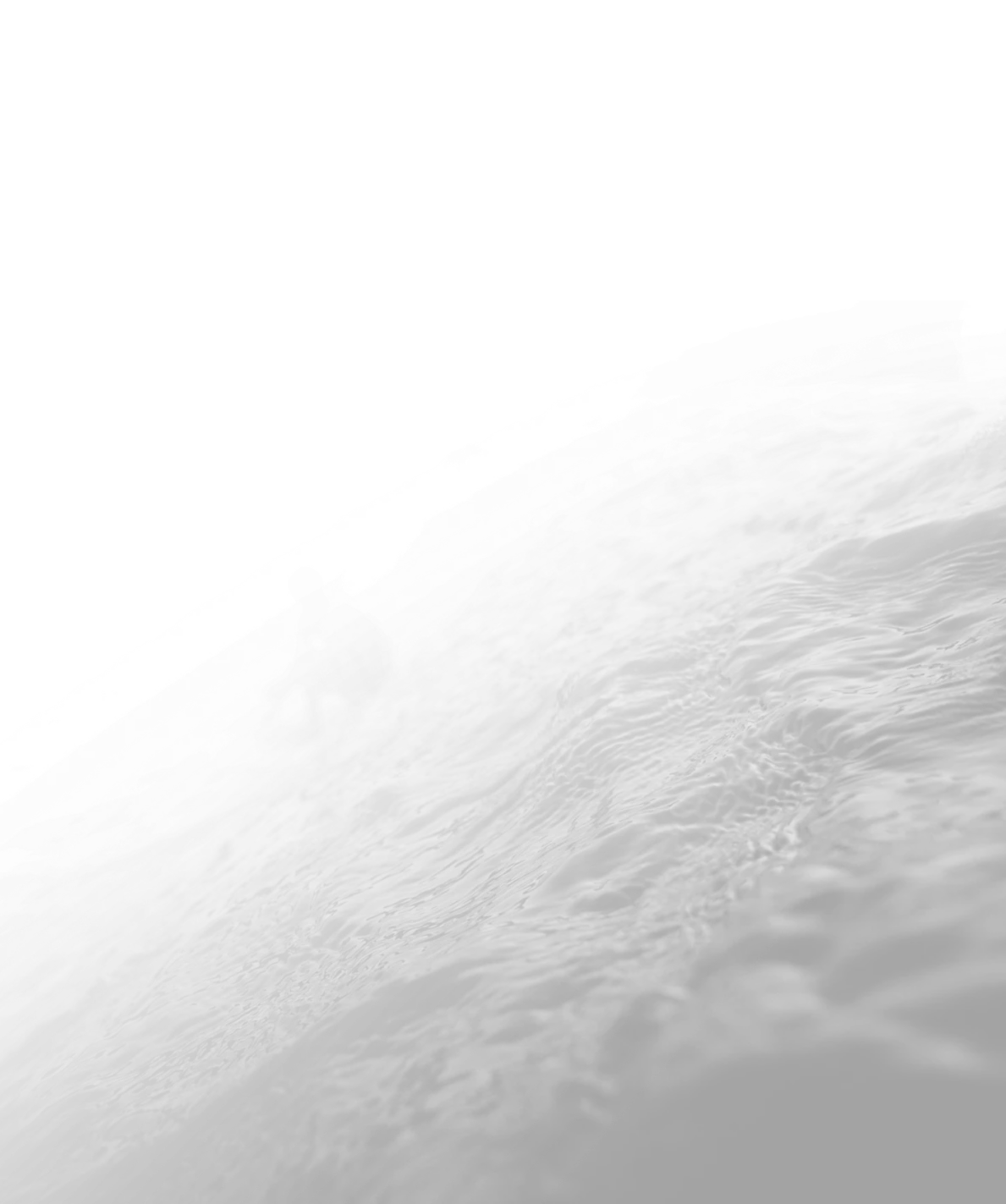Tucked away on Bali’s wild west coast, Medewi remains one of the island’s best-kept surfing secrets. While the masses flock to spots like Uluwatu and Canggu, this sleepy fishing village offers something special – a perfect left-hand wave that peels for up to 400 meters. Beyond the legendary wave itself, Medewi’s charm lies in its laid-back atmosphere and glimpses of traditional Balinese life largely untouched by tourism.
The dynamics of Medewi
Three hours west of Denpasar, Medewi sits along Bali’s remote southwestern coastline in the Jembrana regency. Marked by black sand beaches and terraced rice fields, this quiet fishing village offers a stark contrast to the bustling surf scenes of southern Bali.
While development has slowly crept in over the years, Medewi maintains its rural charm, with local warungs dotting the shoreline and farmers tending their fields just steps from the break.
Surfing arrived in Medewi in the 1970s when intrepid Australian surfers first discovered its perfect left-hand point break. Word spread slowly through the surf community, but the area’s distance from southern Bali’s tourist hubs helped preserve its authentic character.
Today, traditional Balinese life continues largely undisturbed. You’ll still find temple ceremonies filling the calendar, fishermen launching their wooden boats at dawn, and the rhythm of village life moving at an unhurried pace.
The wave
Medewi Point delivers one of the longest left-hand waves in Bali, offering rides that can stretch up to 400 meters on good days. The wave breaks over a rock and boulder bottom, starting with a relatively steep takeoff before transitioning into a series of smooth walls perfect for long carving turns.
The point creates several distinct sections, such as a punchy takeoff zone, a fast middle section, and a mellower inside portion that often allows surfers to kick out near the beach. The best conditions arrive during the dry season (April to October) when consistent southeast swells combine with offshore winds. The wave typically needs a solid swell to really turn on, working best from head-high to double overhead.
Intermediate surfers can handle Medewi on smaller days, but the wave’s power, length, and rock-strewn bottom make it best suited for experienced surfers. Early mornings usually offer the cleanest conditions before onshore winds pick up. Major hazards include the rocky bottom, strong currents during bigger swells, and occasional sea urchins.
The surfing experience
Beyond the main point, Medewi offers several other breaks worth exploring, though they’re less consistent than the primary wave. The surrounding coastline holds numerous reef breaks that come alive under the right conditions.
Medewi Point
The star attraction, featuring multiple sections that link up perfectly on good swells. Paddle out is easiest near the river mouth, though watch for currents during bigger swells.
Nearby breaks
A-Frame Beach Break offers shorter but punchy waves suitable for all levels. The River Mouth produces occasional right-handers during bigger swells.
Crowd levels
Dawn patrols usually see the lightest crowds. Peak season (July to August) can get busy, but nothing like southern Bali’s packed lineups. Respect local surfers who know the wave intimately.
Equipment tips
Bring a good all-around board – most ride something between 6’0″ and 7’0″. Rock boots recommended. Several shops offer rentals if needed.
Getting there and around
Medewi sits approximately 75 kilometers west of Denpasar and is accessible via the coastal highway that runs along Bali’s western shore.
From the airport
Private car transfers take about three hours and cost around 600,000 IDR. Public buses run from Denpasar but require multiple connections.
Local transport
Motorbike rental is the most convenient option for exploring locally, typically costing 70,000 IDR per day.
Navigation
Most accommodations cluster along the main road or beach access paths. The point break is easy to spot. Just look for surfers in the lineup.
Where to stay
Accommodation options in Medewi range from basic guesthouses to boutique hotels, with most places offering easy access to the surf.
Budget options
Local homestays and basic guesthouses start around 200,000 IDR per night. Many include breakfast and wifi.
Mid-range hotels
Several comfortable hotels offer pools and ocean views, typically ranging from 500,000-1,000,000 IDR nightly.
Luxury stays
A handful of boutique properties provide upscale amenities, starting from 1,500,000 IDR per night.
Going beyond the surf
When the waves aren’t pumping, Medewi offers plenty to explore. Trek through the surrounding rice terraces, visit ancient temples like Pura Rambut Siwi, or watch local fishermen bring in their morning catch. The area’s volcanic black sand beaches provide stunning sunset views, while nearby hot springs offer a perfect post-surf soak.
Food focuses on local Balinese cuisine, with numerous warungs serving fresh seafood and traditional dishes. Don’t miss the local specialty, satay lilit (spiced fish satay). Day trips might include visits to West Bali National Park, the famous Tanah Lot temple, or the protected marine park at Menjangan Island. Temple ceremonies occur regularly, and locals warmly welcome respectful visitors.
Practical information for your Medewi trip
The dry season (April to October) offers the most consistent surf conditions and pleasant weather. Waves can be found year-round, however, and the wet season brings smaller crowds and lower prices.
Top tips:
- ATMs available in town but can be unreliable; bring cash
- Basic medical clinic in village; serious issues require travel to Denpasar
- Mobile data works well; most accommodations offer wifi
- Simple shops for essentials; larger supplies available in Negara
- Local warung meals cost 30,000-50,000 IDR
Remember that Medewi operates on “Bali time”. That means services run at a relaxed pace, and patience goes a long way. Embrace the slower rhythm and you’ll discover the authentic Bali that many seek but few find.
Surf paradise found
While southern Bali’s breaks grow increasingly crowded, Medewi remains a sanctuary for surfers seeking perfect waves without the chaos. This special corner of Bali rewards those willing to venture off the beaten path with long rides, warm welcomes, and a slice of island life that feels increasingly rare in the modern age.Want to know more about the Bali surf scene? Check out the 7 best spots for beginners in Bali
*Feature image courtesy of Carla Ottersen


